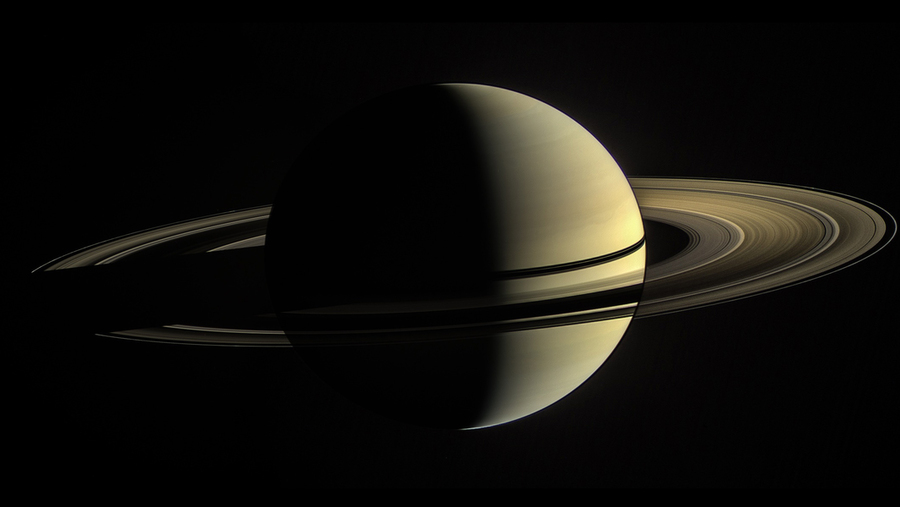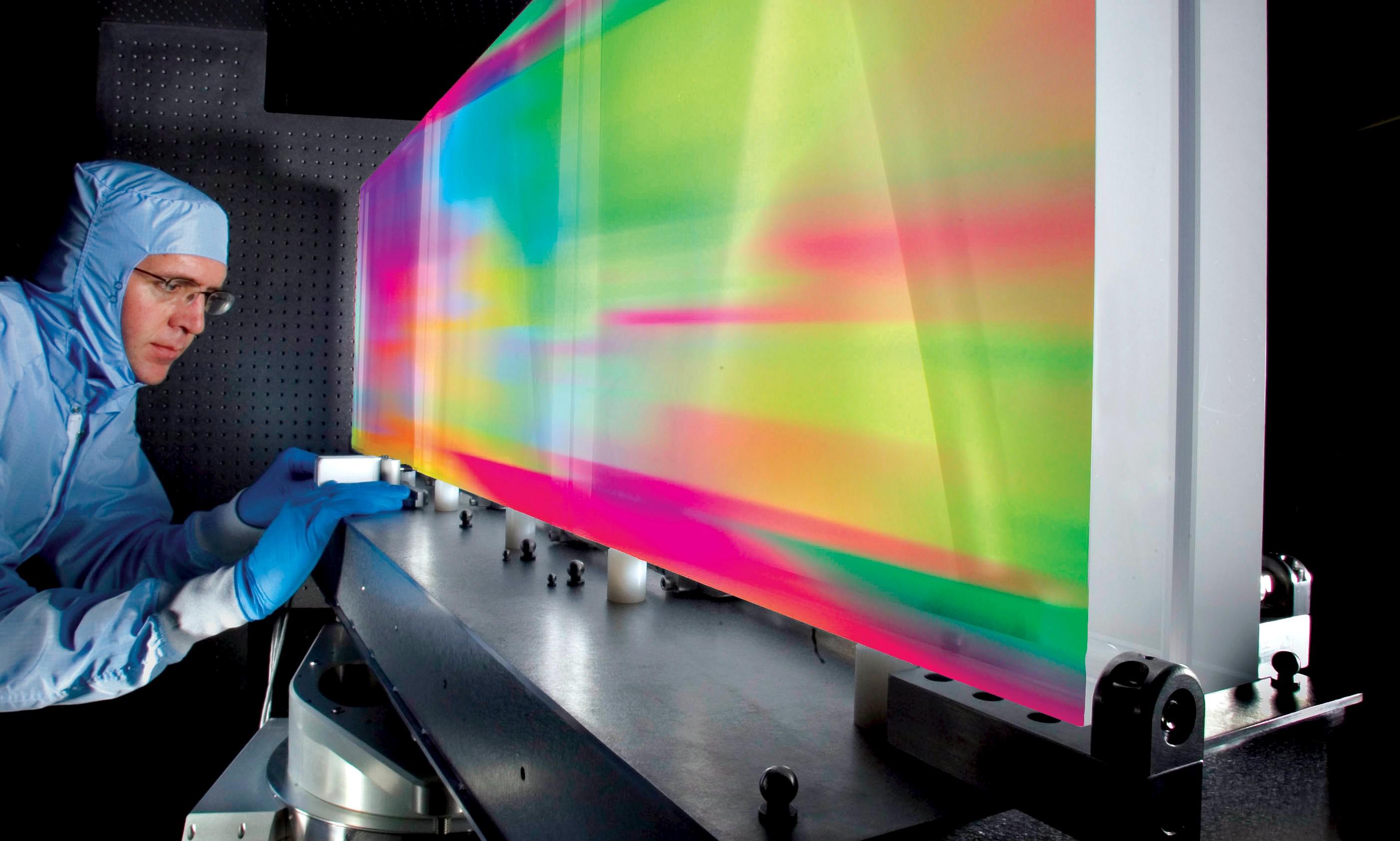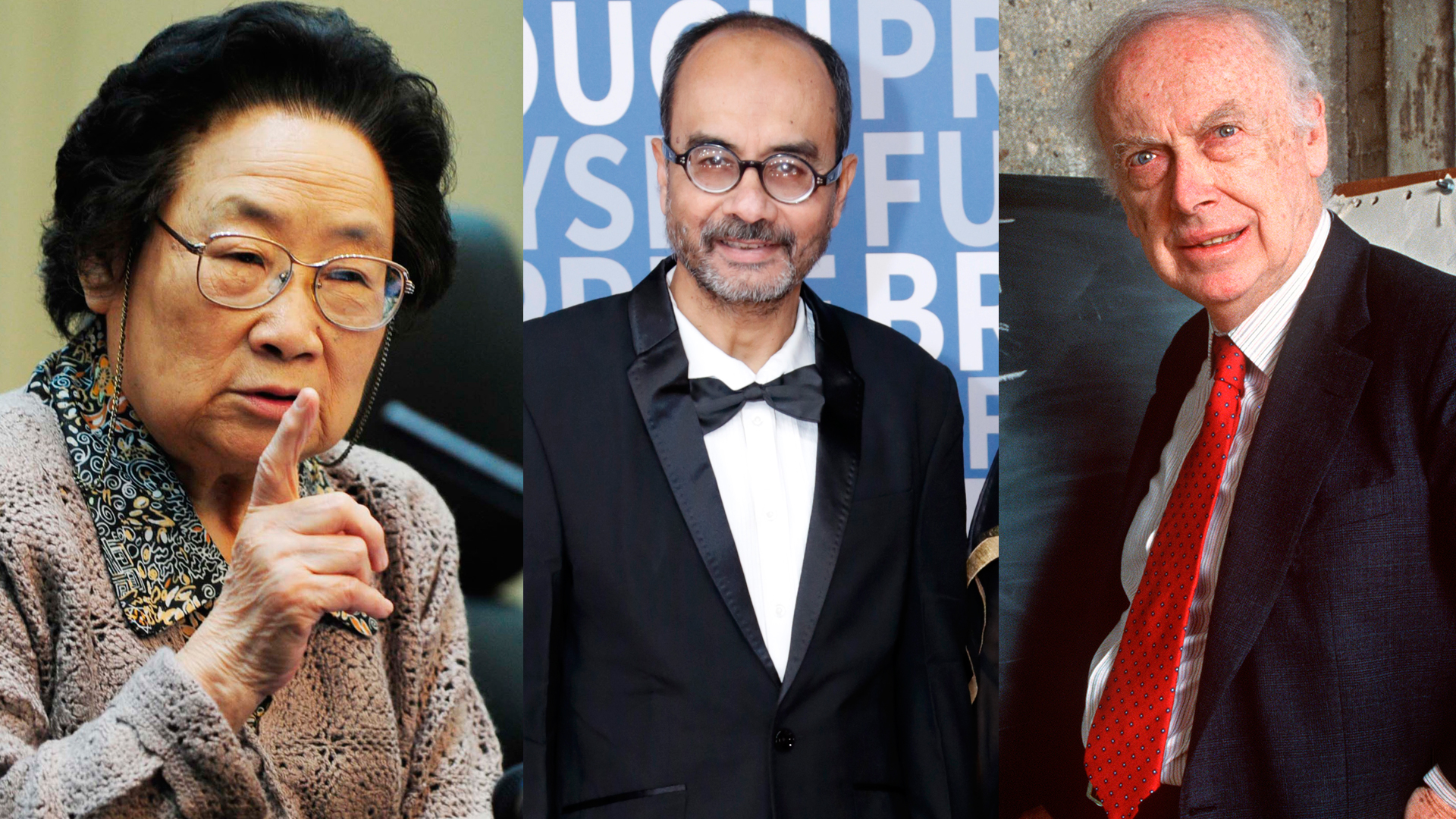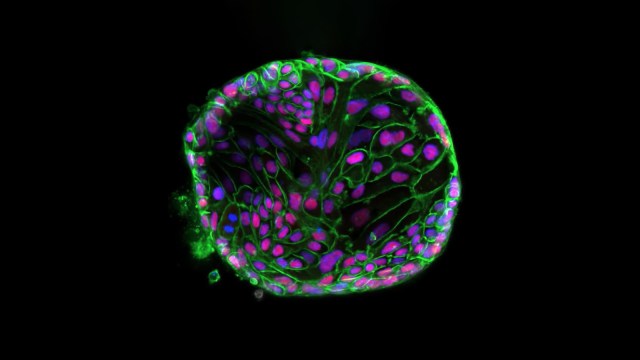The top 10 science stories of 2022

As the year draws to a close, it’s time to look back at the groundbreaking advances that made news in 2022 and will shape the world for years to come. Here are Big Think’s selections for the top science stories of 2022:
10. For the first time, a human wears augmented reality contacts
In July, the startup Mojo Vision announced that their CEO wore the company’s prototype augmented reality (AR) contact lenses for the first time. Each device is equipped with a display that is 30 times sharper than an iPhone’s and is outfitted with all the technology needed to track a user’s eye movements. Though extremely preliminary, the technology makes real the sci-fi dream of implanted vision that allows the wearer to seamlessly interact with digital images overlaid on perceptual reality.
9. An experiment suggests that consciousness relies on quantum entanglement
By orders of magnitude, the human brain is pound for pound the most powerful computer in the known Universe. Researchers have spent a great deal of energy trying to uncover its operational secrets, which enable creativity, imagination, and consciousness, among other wonders. Recently, a team at Trinity College Dublin conducted a mind-bending experiment that led them to an unconventional conclusion: the brain could be quantum. The researchers correlated subjects’ heartbeat potentials with seemingly unconnected interactions among proton spins in their brains, hinting that quantum entanglement might be at play. Brain activity, and maybe even consciousness, might operate on a quantum level.
8. The rings of Saturn may finally be explained
Let’s be honest, Earth is beautiful, but Saturn, with its transcendent rings, is the real “looker” in our Solar System. Amazingly, the sixth planet from the Sun’s signature feature has defied explanation for centuries, until 2022, that is. Astronomers from MIT and UC-Berkeley put forth an explanation that not only accounts for the planet’s rings, but also its numerous unique moons. They suggest that Saturn once had an icy moon, which they dubbed Chrysalis, that was torn apart approximately 160 million years ago by tidal gravitational interactions from Saturn and its moon Titan. Saturn’s rings are the shimmering remains.

7. NASA’s DART spacecraft successfully deflects an asteroid
Earth’s myriad inhabitants can slumber a little more peacefully after 2022, as NASA successfully carried out a mission to redirect an asteroid. The agency’s 610-kg DART spacecraft smacked into the asteroid Dimorphos at a blistering speed of four miles per second, slightly altering the space rock’s trajectory. Dimorphos was never a danger to Earth, but if astronomers ever do spot a large object hurtling toward our planet — potentially risking our extinction — we now know that it’s possible to deflect it.
6. Researchers synthesize the “wonder material” graphyne in bulk
You’ve no doubt heard of graphene. The Nobel Prize-winning nanomaterial is 100 times stronger than the strongest steel at the same thickness, while being electrically conductive and surprisingly transparent. But have you heard of its cousin? Graphyne has many of the same properties, but greatly outperforms graphene for semiconductor applications. In August, University of Colorado-Boulder and Qingdao University of Science and Technology reported that they had synthesized graphyne in meaningful amounts for the first time.
5. The story of human evolution is shaken by two discoveries
The timeline of human evolution is constantly in flux as new fossils of ancient humans are unearthed. This year, two discoveries altered that timeline yet again, albeit in a slightly different manner. In each, scientists re-analyzed previously discovered fossils with novel dating methods. Purdue scientists found that an Australopithecus, one of the earliest relatives of the genus Homo, found in South Africa was between 3.4 and 3.7 million years old, more than a million years older than the previous estimate. Another group from the University of Cambridge discovered that a modern human fossil found in Ethiopia was actually 230,000 years old, not 190,000. For comparison, humans were thought to have arisen as early as 300,000 years ago.
4. Artemis I launches at last
The Space Launch System (SLS) mega-rocket is meant to be America’s vehicle for a long-time-coming crewed return to the Moon. Finally, after more than a decade of development and numerous frustrating delays, it flew at last on November 16, 2022, sending the Orion spacecraft on a flawless journey to the Moon and back. Next up is a crewed lunar flyby slated for 2024, and then a highly anticipated human return to the Moon itself. And after that? The SLS could very well take humans farther out into the Solar System, going where no one has gone before.

3. A man received a transplant of a genetically engineered pig heart
In January, a terminally ill 57-year-old man in need of a heart transplant but ineligible for the procedure became the first human to successfully receive a transplant of a pig heart. Xenotransplantations like this are usually swiftly rejected by the human body, but this heart came from a pig with ten gene edits intended to lower the risk that the human immune system would attack it. The heart functioned well, but the man, David Bennett, eventually died two months after the groundbreaking procedure. The advance will undoubtedly open the door to using more animal organ transplants to prolong human lives.
2. Google’s AI AlphaFold predicts the structure of 200 million proteins, nearly every one known to science
In 2021, Science Magazine hailed the AI AlphaFold as their “breakthrough of the year.” The tool can determine the 3D structure of a protein in seconds, an undertaking that previously took months or even years. The shape of a protein defines what it can do and how it can be used, so having the structure of every protein in a readily accessible database is an absolutely incredible tool for researchers trying to create new pharmaceutical drugs, but it also has broader implications. “With this new addition of structures illuminating nearly the entire protein universe, we can expect more biological mysteries to be solved each day,” Eric Topol, Founder and Director of the Scripps Research Translational Institute, said.
1. The James Webb Space Telescope starts exploring the Universe
After the James Webb Space Telescope’s successful launch and setup in late 2021 and early 2022, the successor to the legendary Hubble Space Telescope began full operations this summer, with awe-inspiring results. Our Solar System, far-off galaxies, and even the Universe’s earliest stars were showcased in entirely new light. With luck, we’ll be wowed by the newest flagship space telescope for decades to come!





